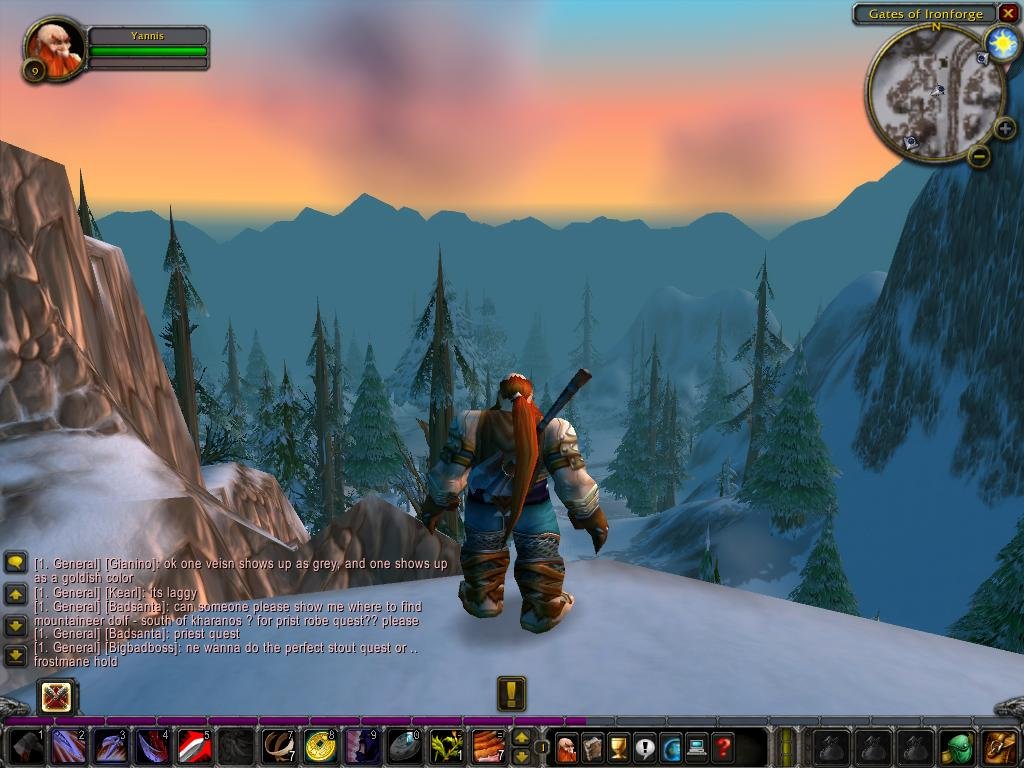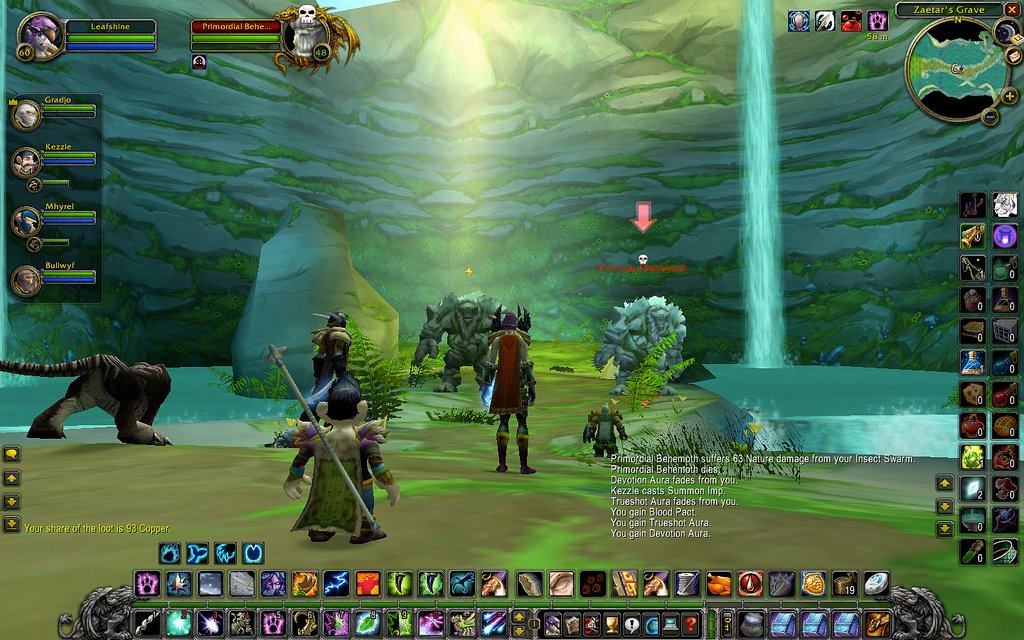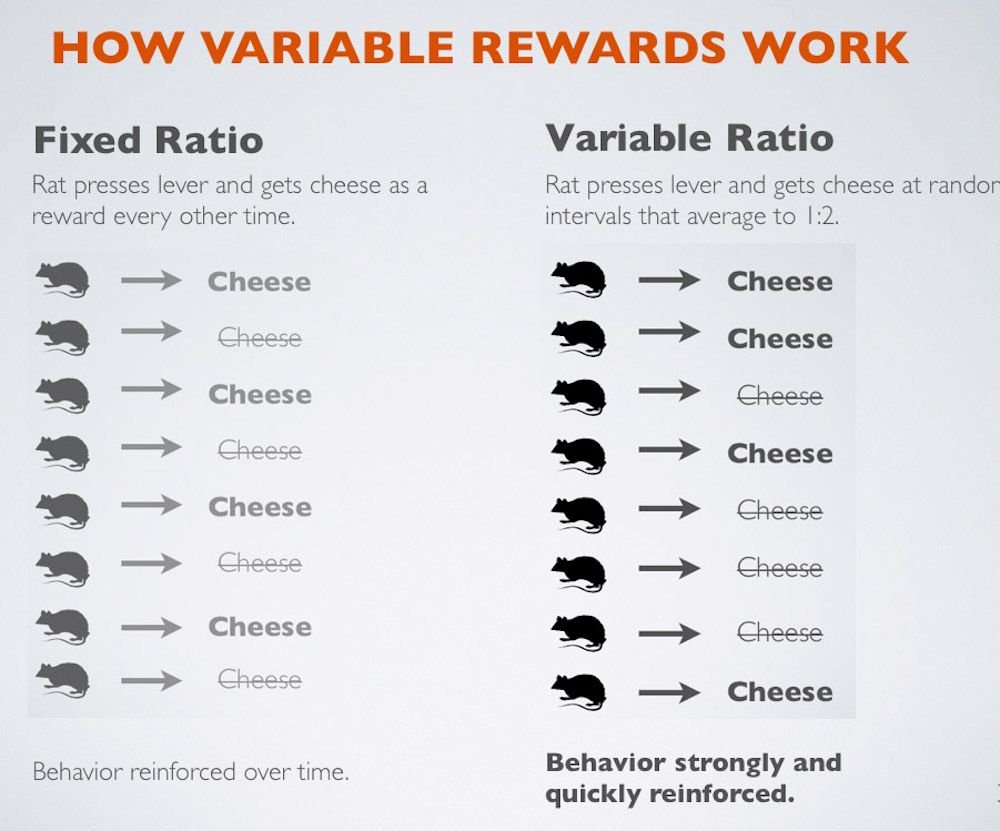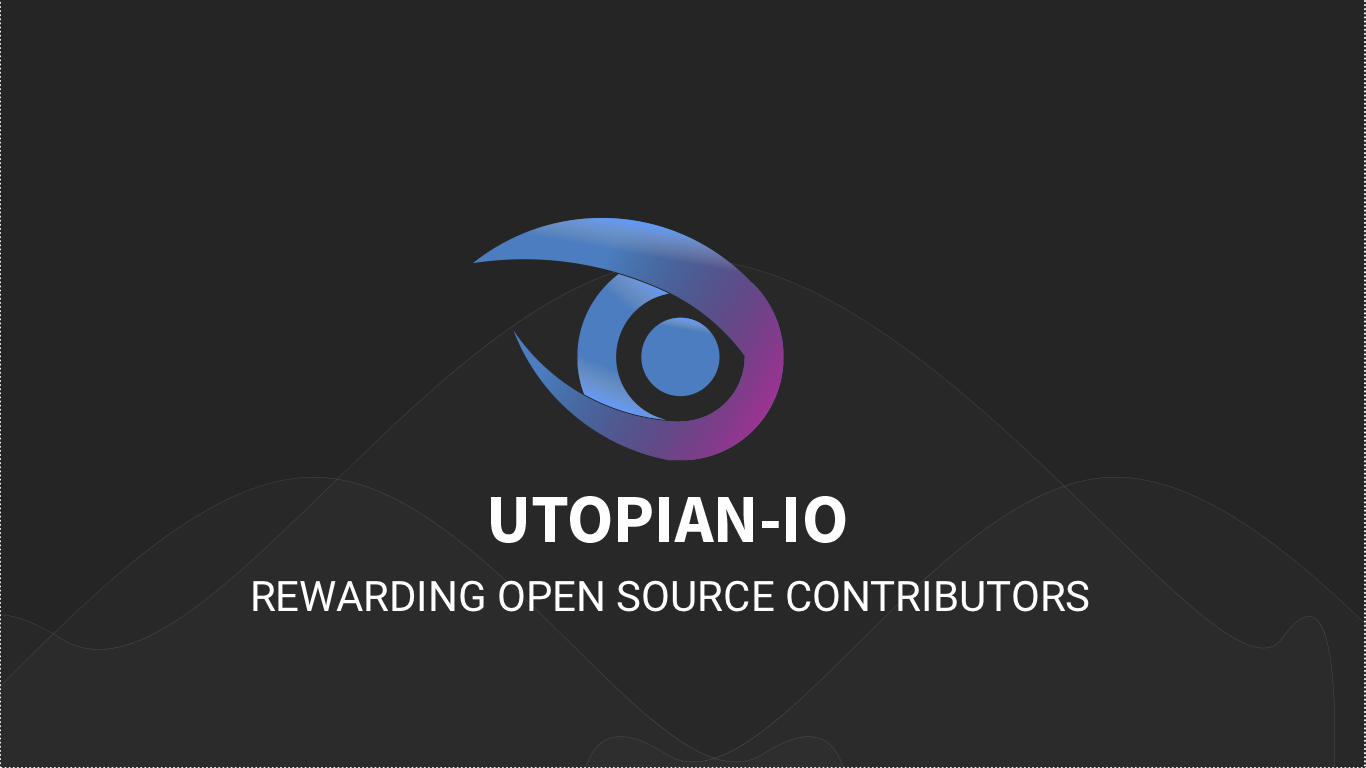
There’s something really engaging about the World of Warcraft. You have quests that clearly lay out what you have to do, with a reward when you’re done. Later in the game, when you get into things like dungeons and raiding, you have the sense of teamwork from taking on a challenge with a group, and, because bosses might drop something really rare, the excitement of how you’ll be rewarded if you succeed.
I’ve only been interested in cryptocurrency for a few months, but I can already see a lot of ways it will enable the gamification of real life activities similar to how they are structured in World of Warcraft. There’s a similar risk of addiction, but I think there’s also a lot of potential to use some of the ways that games, and now sites like Twitter and Facebook, encourage people to participate. Right now these sites are manipulating us to steal our attention, but I think there’s a huge opportunity to use some of these techniques to improve the way we’re all rewarded for our work.

Intermittent Variable Rewards
Sites like Facebook and Twitter use something called “intermittent variable rewards” to keep us coming back. Here’s a quote from this article explaining it:
The easiest way to understand this term is by imagining a slot machine. You pull the lever to win a prize, which is an intermittent action linked to a variable reward. Variable meaning you might win, or you might not. In the same way, you refresh your Facebook updates to see if you've won. Or you swipe right on Tinder to see if you've won.
Something fun about using Steemit is that you never know if a whale is going to stop by and give your post a huge upvote. This is an intermittent variable reward, but the reward goes into our bank accounts instead of into fueling ad dollars for facebook and twitter.

Youtube is already a popular example of this model — create content, monetize it with ads, take home some money based on the number of views — but the big difference is that we curate content on Steemit as a community. We might have to work through some drama while we figure out the best way to make this new ecosystem work, but the benefit is that we don’t have to worry about things like the Adpocalypse (a huge number of videos being deemed “not suitable for most advertisers” and therefore unable to earn money for the content creator) and Youtube’s recent decision to demonetize smaller accounts.
A new option is Patreon, which lets users make a subscription service for their content. Its success shows that people are willing to pay some money directly to the creators they love. They had some drama recently when they announced a change in their payment structure that made small pledges (donations from subscribers) much more expensive. Here’s a summary of the change from the Washington Post:
Its initial model removes the processing fees for each payment out of the donation itself, before it reaches creators — so a fan’s $1 donation might give around 90 cents to creators after Patreon deducted fees. The new plan was: Fans themselves would pay those fees — 2.9 percent of their payment, along with a newly-standardized flat fee of 35 cents — on top of the amount they have selected to give. For instance, a donation that once cost a patron $1 would then cost $1.38. Patreon’s reasoning for the change? The new system would allow creators to keep a bigger percentage of the donation amounts their patrons pledge to them, something they believed both creators and patrons want.
It’s not too hard to see the benefit in using a currency like STEEM in this case of course, but the game changer that sites like Steemit bring to the table are how they eliminate the need for users to pay out of their own pockets altogether. It’s still a strange concept to think about — how can money be created out of thin air? — but I think it’s one we’ll all become more accustomed to over the coming years.
The Future of Work

Just like with World of Warcraft, Steemit combines small achievable goals (creating a post, commenting on a post, reaching 500 SP, etc.) with the excitement of potentially getting a huge payout. One example of this model being used for something other than writing informational posts is utopian.io, which allows coders to get paid for their contributions to open source projects.
I think things get exciting when we’re able to split up larger jobs into bite-size tasks, and then provide a reward as quickly as possible for the completion of that task. This makes it addicting to keep working through the log — you get the rush of dopamine from seeing your payout tick up and up as you continue, similar to collecting experience points in the World of Warcraft.
I'm not sure where things will go from here, but I'm really excited to see the impact that Steemit and other cryptocurrencies will have on the working world. What kinds of changes do you think are in store for us? Let me know in the comments!

